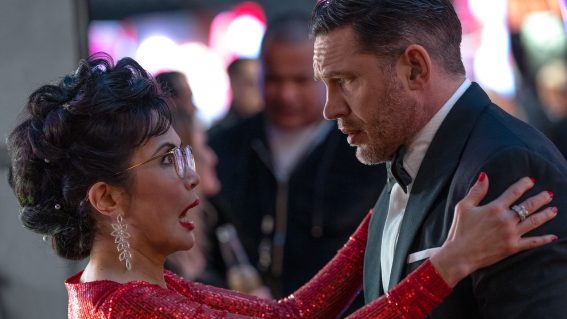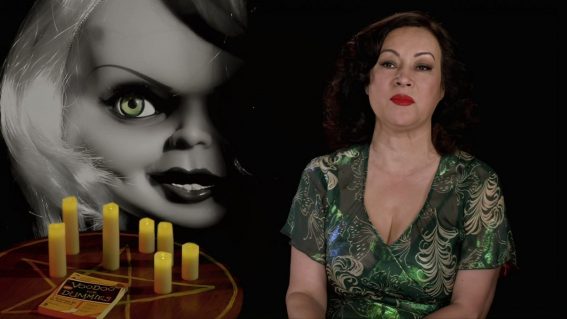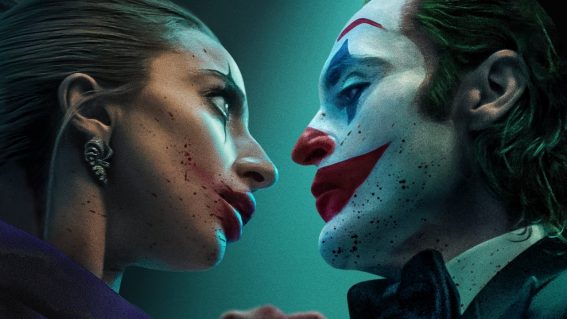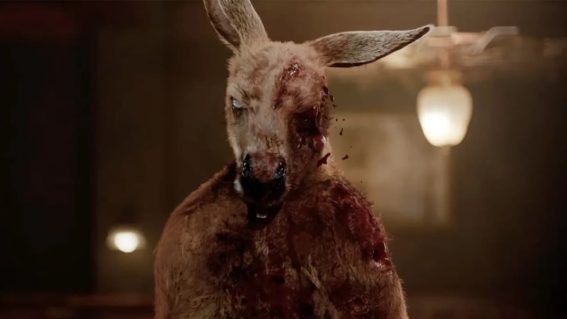If there’s a film that deserves (another?) rewatch, it’s last year’s Dune
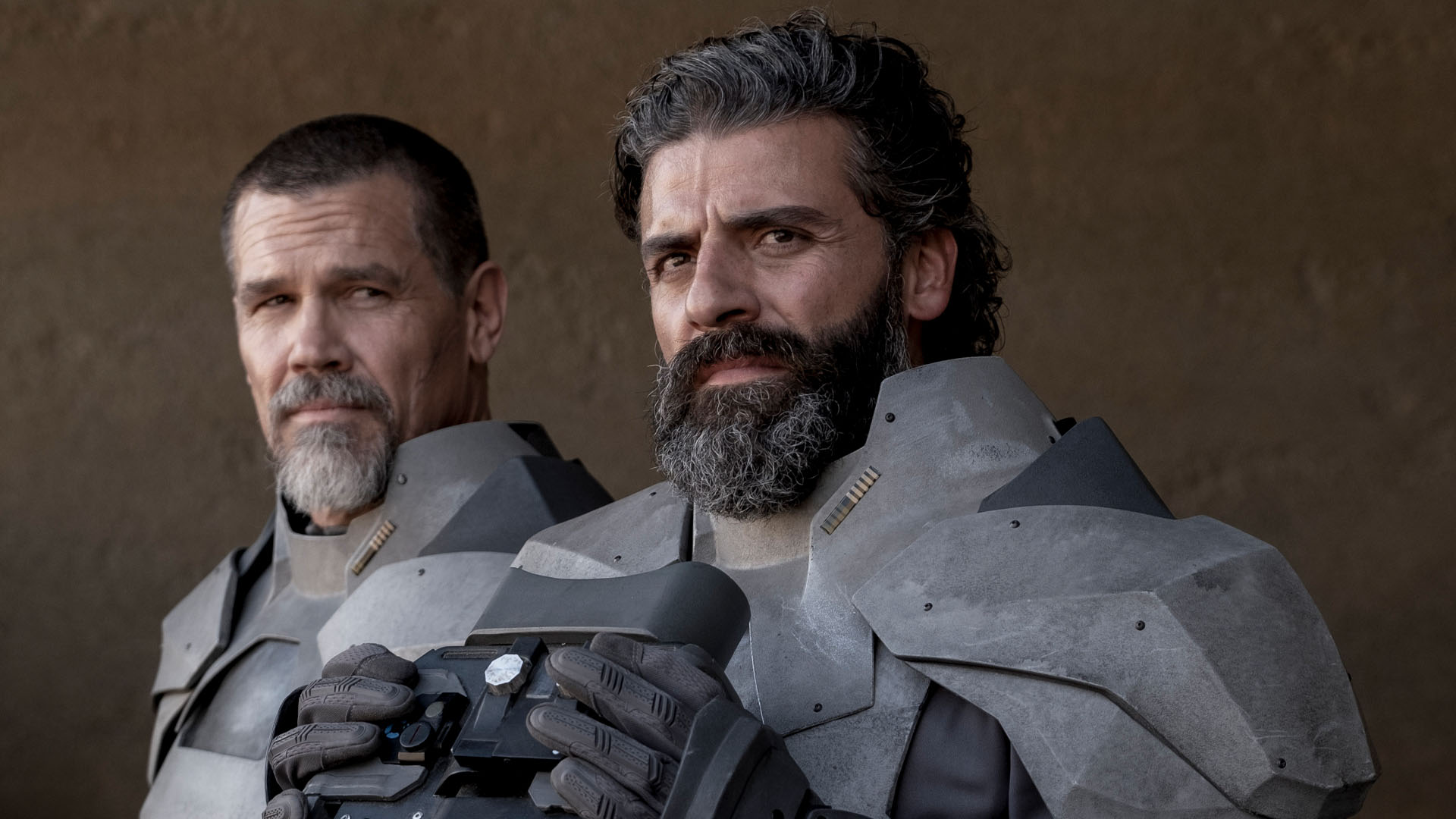
Succeeding where previous attempts failed, Dune – landing on Neon from September 2 – was perhaps the movie experience of 2021. Tony Stamp looks back at what makes it so impressive – and where Denis Villeneuve is heading with next year’s sequel.
SPOILERS AHEAD
Since its publication in 1965, Frank Herbert’s Dune has loomed large on the periphery of pop culture. Notably it had a massive influence on Star Wars—there’s ‘spice’, desert planets, and an emperor leading an Imperium/Empire—and aside from that, it’s simply remained a fixture, passed down from sci-fi-dabbling mums and dads to their kids as a right of passage, like The Lord of the Rings in space.
And like Tolkien’s tomes, it took a long time to adapt . David Lynch had a pop almost twenty years after the novel debuted, to mixed response—many fans cherish his version as its own bit of Lynchian madness, albeit studio-compromised. Then came a mini-series in 2000, allegedly faithful to a fault, but I’m not sure many people know it exists.
There was no small amount of pressure on Canadian filmmaker Denis Villeneuve when he was announced to direct the latest attempt at taming this tale. He’d forged a career in weighty dramatic material before pivoting into science fiction with Arrival, then Blade Runner 2049, proving in the latter that he could shepherd a convincing world onto the screen—albeit one conceived by Ridley Scott (with help from Philip K. Dick) many years earlier.
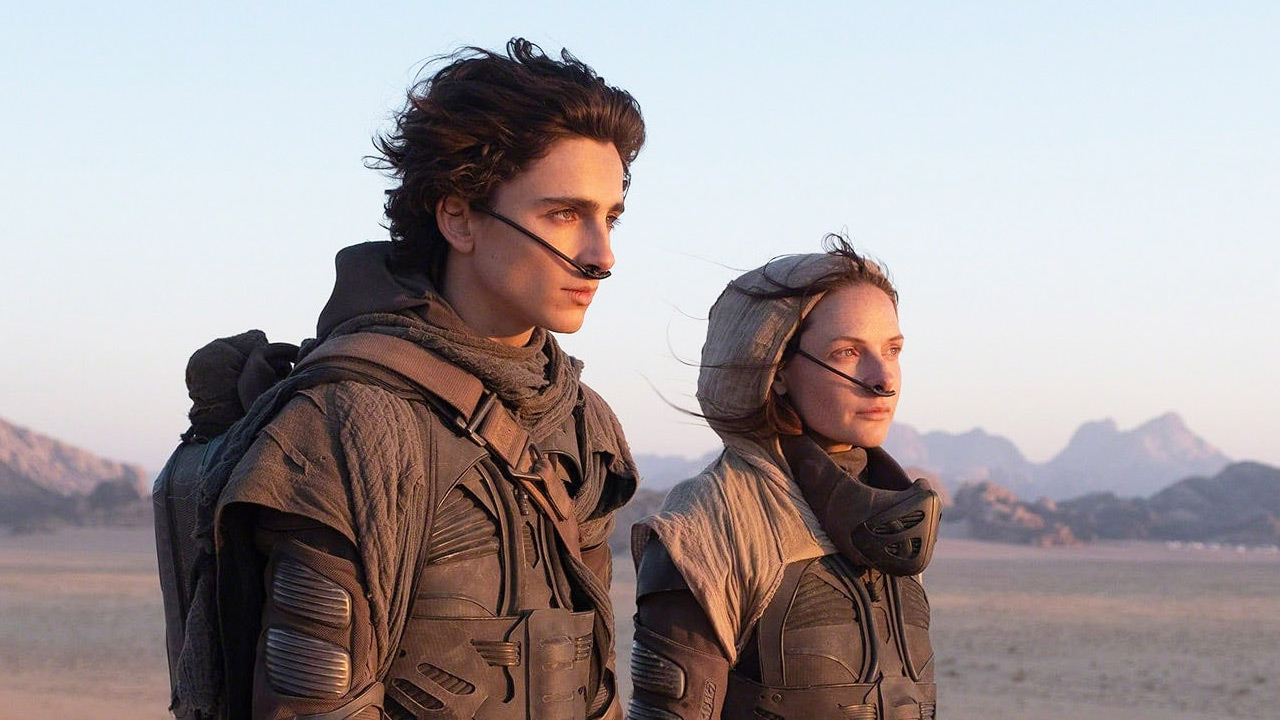
With Dune he was starting fresh. Admittedly there were those earlier adaptations to draw on, as well as sixty odd years of concept and fan art. But as he repeatedly told interviewers, at every turn he would turn to the book for guidance—a book that had been simmering in his subconscious since he was a boy.
That rings true when you watch the movie. It’s packed with information about this universe (set around 20,000 years from now), and while certain things are explained directly, much of it is embedded in the images for the viewer to soak up. From the ornithopters to that deadly beam of light aimed at Duncan Idaho by the Harkonnens, it all intuitively makes sense.
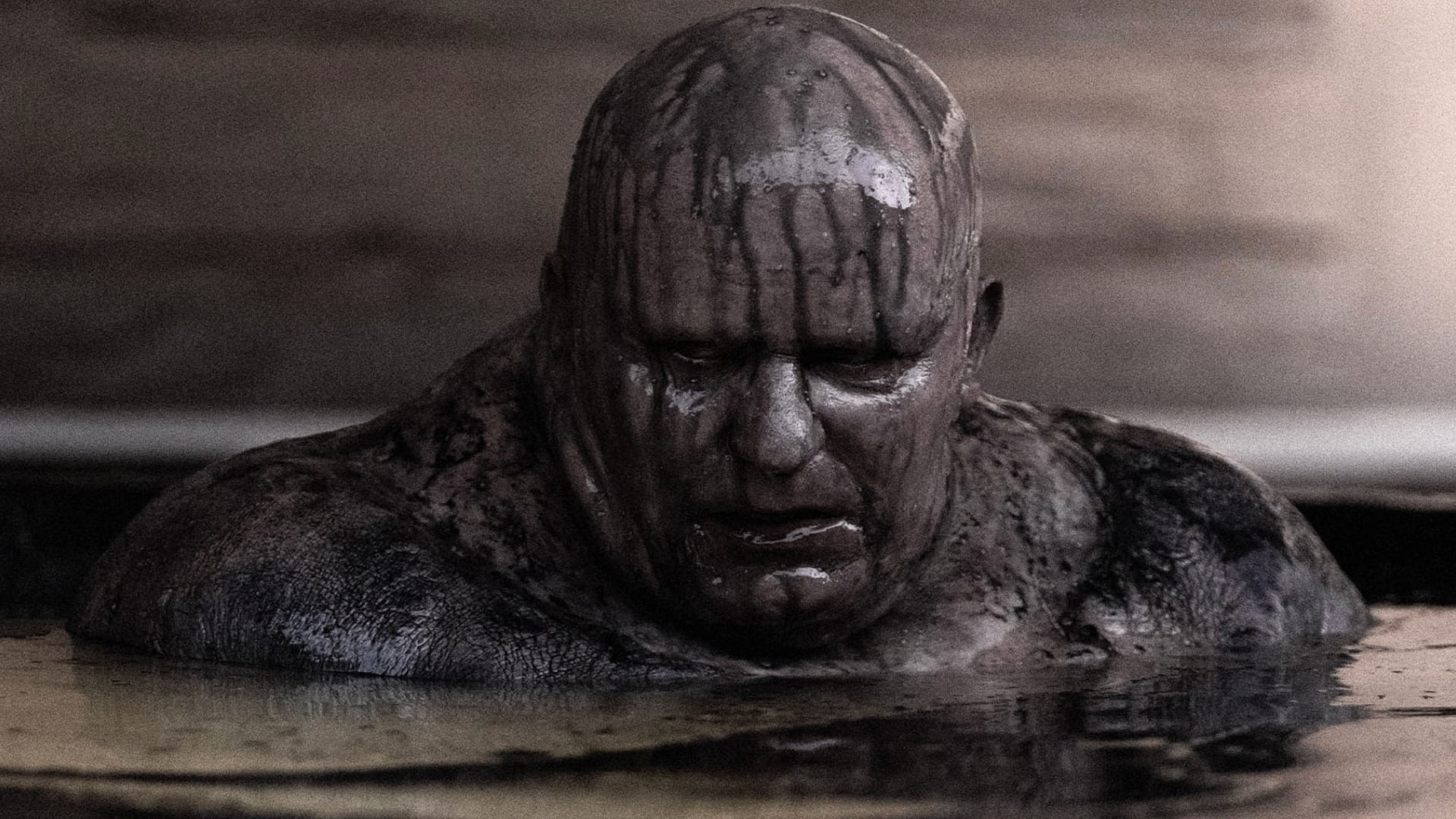
You might not know exactly how those red dots on the Baron’s back enable him to levitate, or why bathing in oils helps him heal, but there’s probably an in-book explanation. On a recent viewing I noticed the Atreides’ lighting system—ornate hovering globes, conveniently placed—and I don’t need to be told why they work like that, just appreciate how dang cool they look.
Villeneuve’s love of the world, and his investment in it, extends to his craftspeople. Dune won 6 Oscars in technical categories—for its visual effects (which mixed practical and CGI with seamless, immersive results), its sound design and cinematography (both of which enable the illusion of vast, groaning structures and spacecraft), and its score, which saw Hans Zimmer creating new instruments and employ throat singing in an attempt to create something otherworldly (the use of a ‘mournful female’ vocal, which has become synonymous with Western portrayals of the Middle East, is his only misstep).
The film was also nominated for Best Film and Best Adapted Screenplay, which speaks to how weighty it feels—even the somewhat genre-phobic Academy gave it a nod. Much of the movie involves hushed conversations in immaculately-designed spaces, all treated with maximum gravity by its absurdly-stacked class. Everyone speaks less like they’re in a space adventure about desert psychedelics, and more like they’re fronting a political thriller—because of course, they are.
I can’t help but think the popularity of Game of Thrones, and even Succession, helped Dune succeed. Audiences were reminded what fun dynasties can be—particularly the behind-the-scenes jockeying for power. Herbert envisioned a world where ‘thinking machines’ (computers), had been done away with some 10,000 years earlier, supplanted by human equivalents (mentats), and a return to a quasi-feudal system lorded over by royalty.
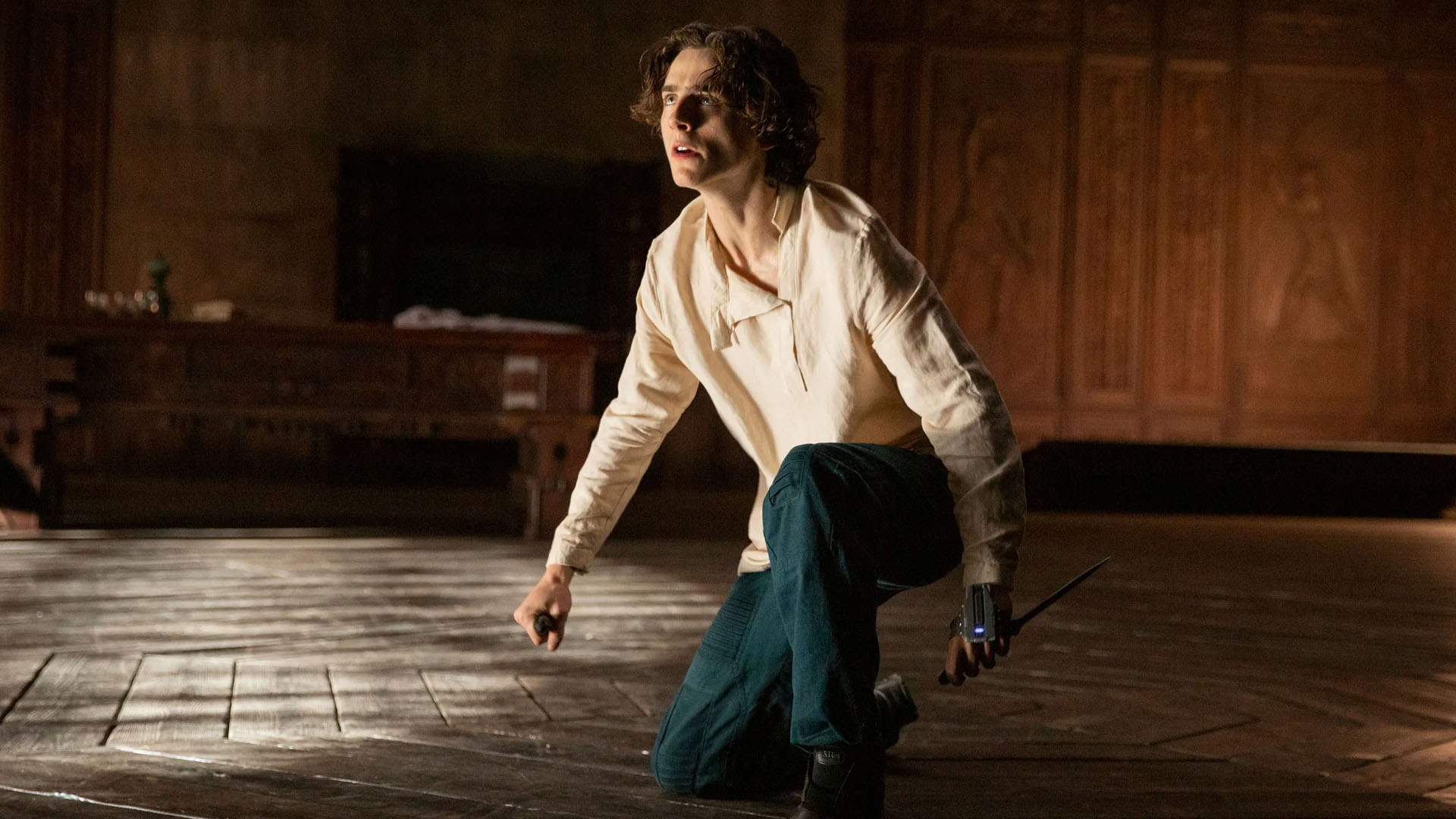
Part one focused on House Atreides, led by Oscar Isaac’s Duke Leto, set up to fail in his stewardship of the desert planet Arrakis by the (as yet off screen) Emperor. Leto’s son, Timothée Chalamet’s Paul, escapes into the desert with his mother Jessica (Rebecca Ferguson) after former stewards the Harkonnens (with help from the Emperor’s military force the Sardaukar), decimate the Atreides base.
The movie whips through all of this with such verve that the defeat feels like a natural end point. But then it continues for an hour, seeding information for the upcoming sequel in a way that felt anticlimactic to some viewers, but stays faithful to the book (and more importantly ends on a note of optimism). Villeneuve is playing the long game here, and made sure viewers knew this was just part one.
So Chalamet will be back, as will Ferguson. Her character is an acolyte of the Bene Gesserit (the subject of an upcoming HBO Max series called Dune: The Sisterhood), who’ve spent centuries crossing bloodlines in an attempt to create the Kwisatz Haderach, a super-being with the ability to bridge space-time. That person could well be Paul, and his prescient visions, spurred on by proximity to the spice on Arrakis, would seem to suggest so.
In part 1 it’s made clear that spice is what enables space travel in this universe. More specifically it’s used by Guild Navigators to traverse ‘fold space’. We didn’t meet those guys in the first movie but we definitely will in the sequel.
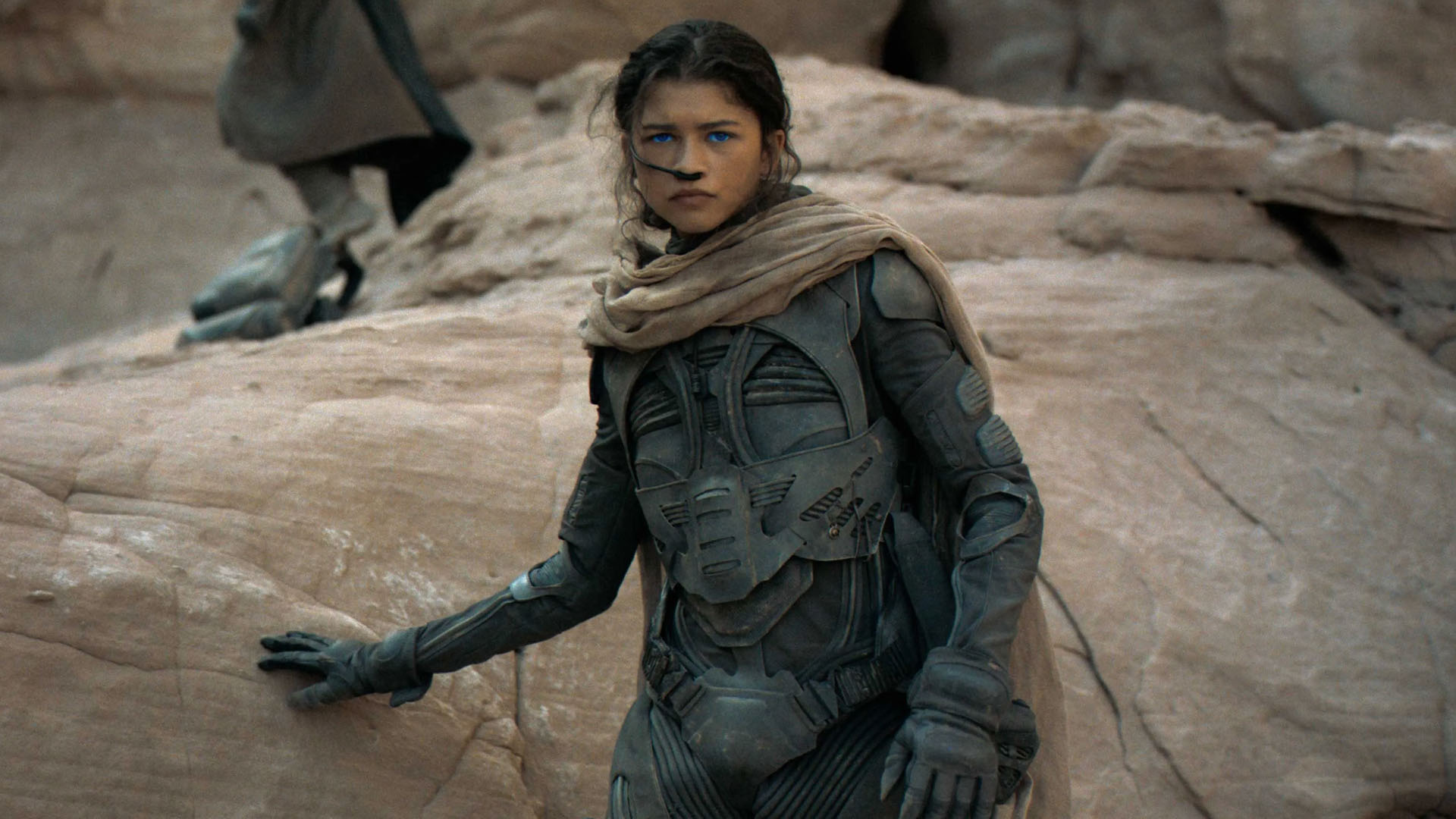
Zendaya’s character Chani is set to get much more screen time as well. She’s a member of the desert tribe the Fremen (as is Javier Bardem’s Stilgar), and Villeneuve has hinted she’ll lead the next film, as we learn more about their society along with Paul.
His role as Chosen One does risk seeming a little outdated in a modern film (Herbert went on to complicate that considerably in the books), and Villeneuve has already begun to subvert it—when Paul foresees a great holy war, with himself at its heart, it’s played as ominous rather than heroic. Likewise we see his visions are unreliable—he sees his future with the Fremen being mentored by Babs Olusanmokun, but in reality is forced to kill him, closing that potential path for good.
We’ll also see more of Harkonnen society, including Dave Bautista’s Rabban, and Feyd Rautha (played by Sting in Lynch’s version), with Elvis‘ star Austin Butler stepping into the role.
Other new cast members include Christopher Walken as Emperor Shaddam IV, Florence Pugh as his daughter Princess Irulan, Léa Seydoux as Margot, a member of the Bene Gesserit, and Souheila Yacoub as a Fremen called Shishakli.
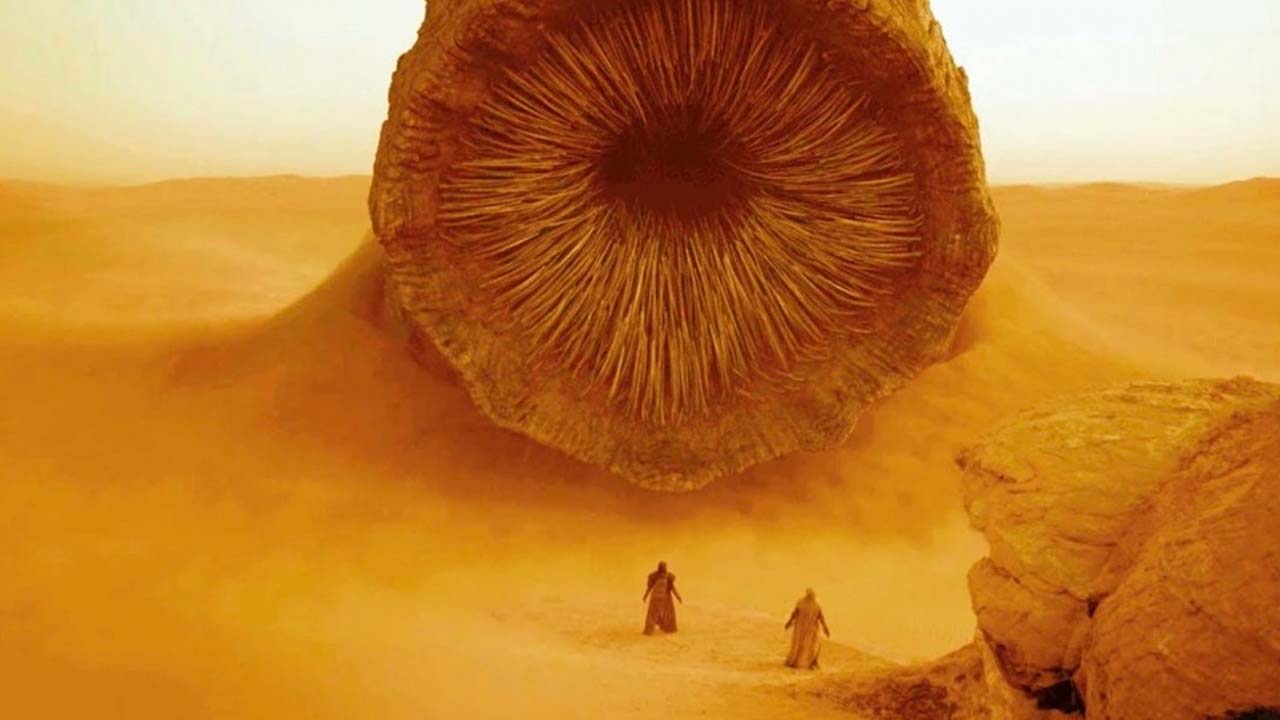
The ending of the first instalment revealed a Fremen warrior riding one of the gargantuan sandworms that burrow through Arrakis, something which will pay off in part 2. As these new cast members show, there’s bound to be plenty of inter-monarchy intrigue as well. How the Bene Gesserit play into Paul’s quest for revenge against his father’s killers is of particular interest, given the clandestine meeting between Charlotte Rampling’s Gaius Helen Mohiam and Jessica in the first film, and her position as the Emperor’s Truthsayer.
The more you unpick the mythology of Dune, the more it becomes apparent what a rich canvas it is, and the more you realise how impressive Villeneuve’s job was at making it all manageable and palatable as blockbuster entertainment.
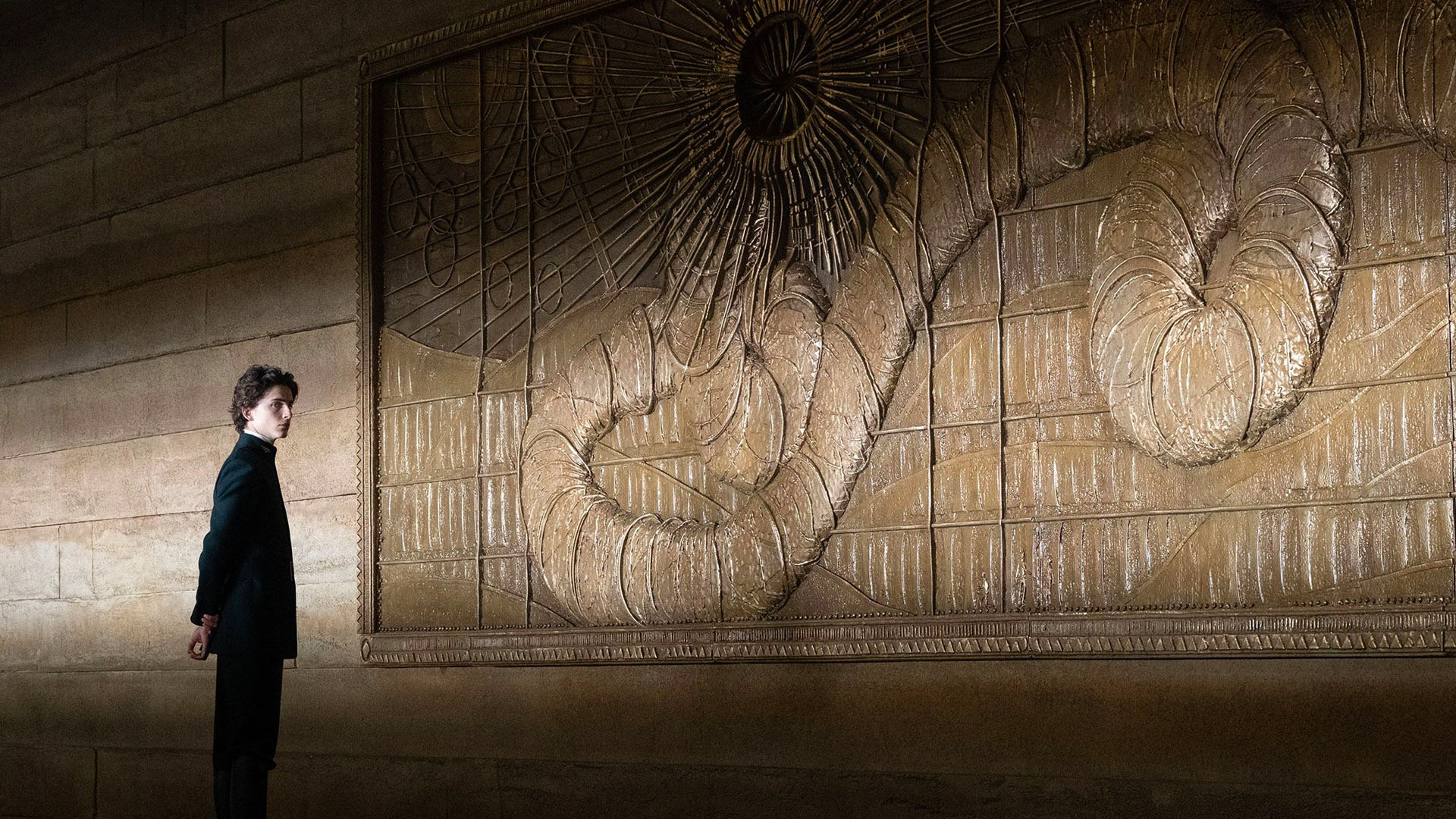
The lingering feeling after watching that first instalment was of visiting a thoroughly lived-in world, one that had spent a lifetime simmering in its directors’ subconscious, as well as his crafts teams’, all of whom are returning for the sequel.
It’s a movie presented in such a grand scale, with such great scope of imagination and attention to detail, that its director’s promise of what to expect in the followup seems nigh on impossible: “It’s a movie that will be more cinematic.”



